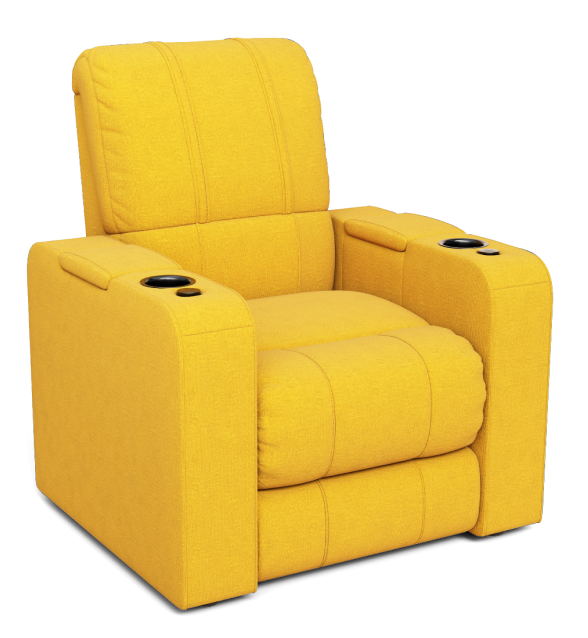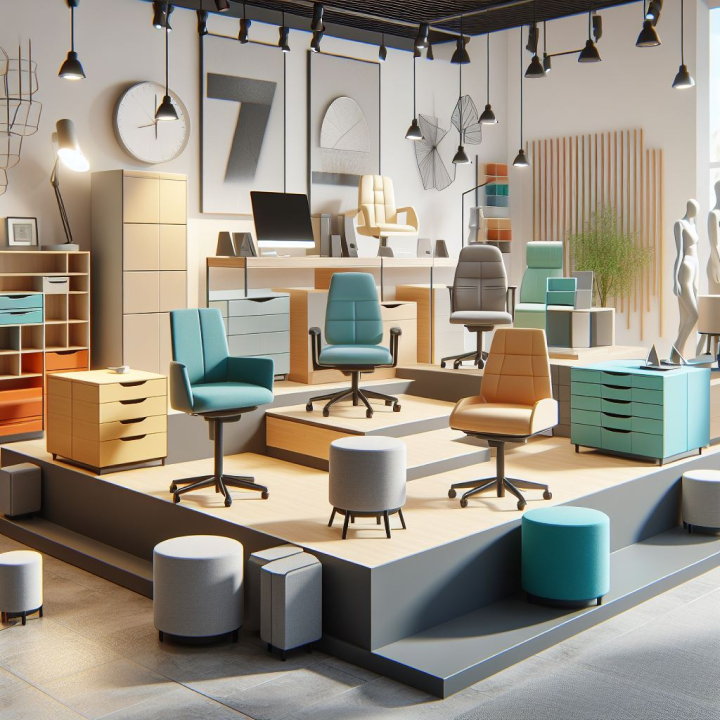Augmented reality is quickly becoming the next big thing in ecommerce. As technology progresses, marketers are trying to satisfy the quickly evolving modern consumer. AR is the logical next step to enhance the shopping experience, as it utilizes the one piece of tech that nearly every American carries in their pocket: the smartphone.
Although it takes initial investment, augmented reality offers many undeniable benefits that more than make up for its cost, including:
- Creating an immersive and memorable shopping experience
- Giving customers the ability to “try” products before buying
- Reducing product returns and increases customer satisfaction
- Increasing conversion rates, both in-store and online
Use your phone to try this AR product made by Tulfa:
Don’t just take our word for it. Here are the five best augmented reality apps that leading companies are already using to transform and expand their digital reach.
Sherwin-Williams
The leading paint supplier recently introduced its ColorSnap® Visualizer app, which takes the guesswork out of painting. Previously, if someone wanted to know what their walls would look like if they were a different color, they would just have paint them, or at the very least ask an expert.
With the ColorSnap® app, customers can simply point their smartphone camera at their wall and try out different Sherwin-Williams colors using augmented reality, in real time. There is also a “Paint a Photo” option for customers to upload or take photos to paint, if desired.
IKEA
IKEA Place, the Swedish company’s augmented reality app, first launched in 2011 but has undergone major improvements to keep it current. We’ve all had this problem; you see a piece of furniture in the store that you can imagine fitting perfectly in your living room. Yet, when you bring it home, something feels off—maybe it doesn’t fit, isn’t the right color, etc. For IKEA products, many of which require assembly, this can be especially frustrating.
IKEA Place looks to remedy this problem through augmented reality, allowing customers to drop virtual furniture into any room. In 2019, the company introduced a “multi-placement” feature that allows multiple pieces of AR furniture to be viewed at once. In its current form, IKEA Place can turn an empty room into a fully-furnished virtual space.
Sephora
Integrated into Sephora’s official app is Virtual Artist, a feature that allows customers to virtually “try on” makeup as easily as taking a selfie, not unlike Snapchat’s popular filters. In 2018, the feature was updated to enable a user’s selected makeup filter to move with them in real time.
Virtual Artist’s integration into Sephora’s official shopping app makes it even more effective, as customers can tap into augmented reality while browsing products without having to take the extra steps that are required for most AR software.
Nike
Nike has experimented with augmented reality for years, but its newest attempt may be one of the best augmented reality apps yet. Like Sephora’s Virtual Artist, NikeFit is a feature on Nike’s official app that allows customers to virtually “try on” shoes before buying—seeing a trend yet?
Trying products on may be par for the augmented reality course, but Nike is taking it even further, looking to solve the wrong shoe size problem. NikeFit actually uses your phone camera to scan your foot to determine its size, following up with a recommendation for what to purchase. While still in its testing stages, Nike is looking to make NikeFit a core part of its app.
Apple
The globally-recognized tech innovator has long been rumored to be working on wearable augmented reality products. According to the insider report from the end of last year, Apple is set to introduce an AR headset in 2022, with smartglasses designed for everyday use releasing the following year.
Early clues found in iOS 14 code indicate that a future app could activate a real-time augmented reality experience by scanning a QR Code or detecting other nearby software. Once activated, the app could overlay data over products, including product information, prices and even unpackaged virtual products to “try out.”
While the implications are massive, it’s important to remember that technology takes time to be practical in an everyday setting. Although, if any company has the ability to revolutionize our modern lifestyle, it’s Apple.
The Future of Augmented Reality Apps and Ecommerce
This list covered just five of the best augmented reality apps in ecommerce, but there are many more. Businesses integrating them into their marketing is a risk that seems to be paying off—especially in the long run.
Forecasts indicate that the AR market will reach $198 billion in 2025. Just this year, the total number of AR users is expected to reach 1 billion.
Your competition is likely already catching on to this budding technology’s limitless potential. Don’t let your business get left behind. Partner with Tulfa to integrate augmented reality into your digital shelf.



